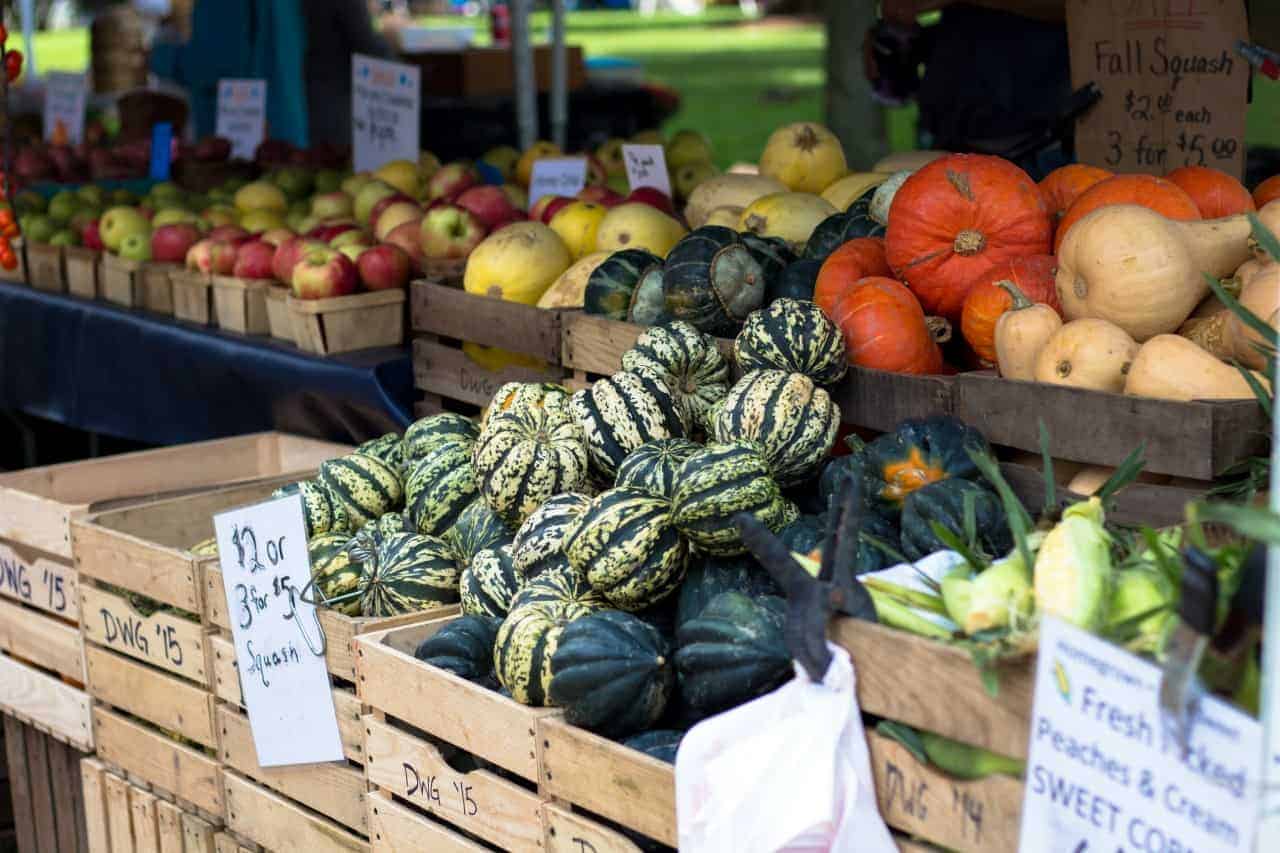New York, Philadelphia and Miami are 2018’s Best Cities for Fresh-Food Access
Boston, Miami and Baltimore Had the Biggest Improvements in Fresh-Food Access since 2014; Oklahoma City, Colorado Springs and Indianapolis are Food Deserts, with the Least Access to Healthy Food

New York is the best city for fresh-food access, with 75 percent of its residents living within a five-minute walk of a grocery store or year-round farmers market, followed by Philadelphia (64%) and Miami (57%). To determine these new rankings, we analyzed Walk ScoreⓇ data for 48 major U.S. cities, excluding San Francisco and Los Angeles, for which there was not reliable data.
“While visiting my grandfather’s hometown in South Carolina last summer, the only grocery store there had burned down and residents had to travel 20 minutes to the next town to get fresh food,” said Redfin chief economist Nela Richardson. “Many in the community didn’t have transportation or were elderly. Neighbors organized carpools just to make sure people had access to food. This is obviously an extreme example, but it illustrates the importance of this basic amenity that many people take for granted.”
Boston, Miami and Baltimore showed the biggest improvements in access to fresh food since 2014, when Walk Score last reported a comparable ranking.
“Wegmans and Market Basket are two grocery store chains that have been expanding and opening up new shops throughout the city of Boston over the past couple years to meet the growing demand,” said Redfin Boston agent David Pollack. “Many homebuyers put a premium on homes that are in close proximity to supermarkets with fresh produce, in-store cafes and hot food services.”
U.S. Cities with the Best Access to Fresh Food
| Rank | City | Residents with a Grocery Store or Farmers Market within a 5-Minute Walk (2018) | Residents with a Grocery Store or Farmers Market within a 5-Minute Walk (2014) |
| 1 | New York | 75% | 72% |
| 2 | Philadelphia | 64% | 57% |
| 3 | Miami | 57% | 49% |
| 4 | Boston | 54% | 45% |
| 5 | Oakland | 53% | 49% |
| 6 | Chicago | 50% | 44% |
| 7 | Baltimore | 49% | 41% |
| 8 | Washington, D.C. | 43% | 41% |
| 9 | Milwaukee | 34% | 29% |
| 10 | Minneapolis | 33% | 29% |
Food Deserts
Our analysis also identified “food deserts,” cities where few residents have a grocery store or year-round farmers market within a five-minute walk. Oklahoma City topped this list, with just 6 percent of its residents living within a stone’s throw from fresh food, followed by Colorado Springs (6%) and Indianapolis (7%). Of the food deserts we identify below, Tucson and Wichita had the biggest increases in shares of residents with fresh food access since 2014.
“Oklahoma City has been slower than other cities to adapt to having fresh food, gyms and outdoor activities within walking distance, ” said local Redfin agent Linda Huynh. “But keep in mind, our city is the eighth largest in the U.S. by land, with just 1.5 million residents. Things are really spread out and mostly accessible by car only.”
U.S. Cities with the Worst Access to Fresh Food (Food Deserts)
| Rank | City | Residents with a Grocery Store or Farmers Market within a 5-Minute Walk (2018) | Residents with a Grocery Store or Farmers Market within a 5-Minute Walk (2014) |
| T1 | Oklahoma City | 6% | 5% |
| T1 | Colorado Springs | 6% | 6% |
| 3 | Indianapolis | 7% | 5% |
| 4 | Charlotte | 8% | 6% |
| T5 | Wichita | 9% | 5% |
| T5 | Mesa | 9% | 6% |
| T5 | Raleigh | 9% | 6% |
| T5 | Jacksonville | 9% | 8% |
| T5 | Nashville | 9% | 9% |
| 10 | Tucson | 10% | 6% |
Methodology
To calculate the percentage of city residents with access to healthy food, we used Walk Score data to analyze 48 cities. Walk Score uses population data and city boundaries that come from the U.S. Census, and the list of grocery stores comes from a mix of Google, Localeze and places added via the Walk Score website. We calculated millions of walking routes for this ranking with our Travel Time API to determine how many grocery stores are within a five-minute walk for residents. Our rankings are proximity based and do not consider the cost of food. Los Angeles and San Francisco were excluded from this report because of unreliable data.
No comments:
Post a Comment